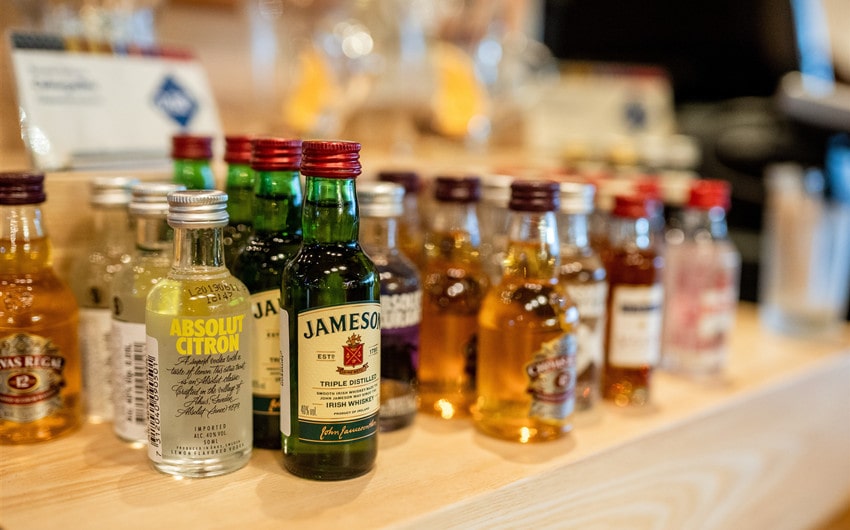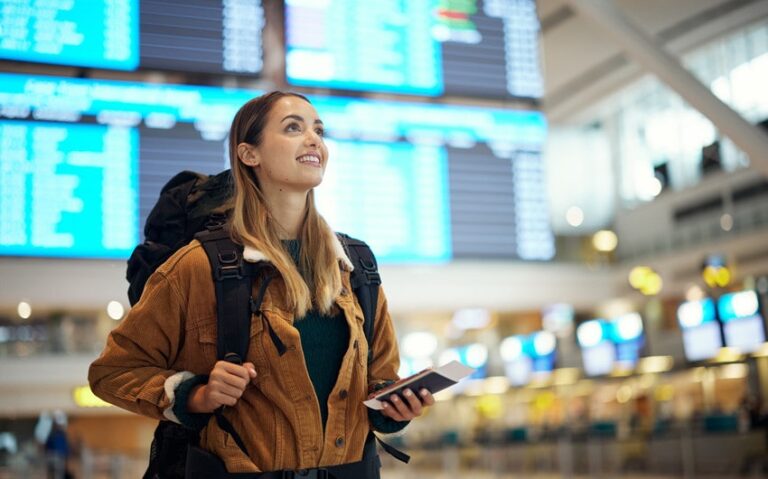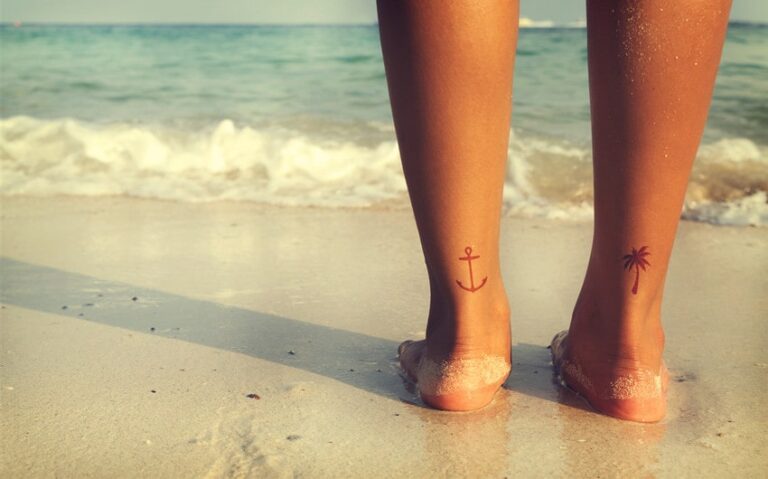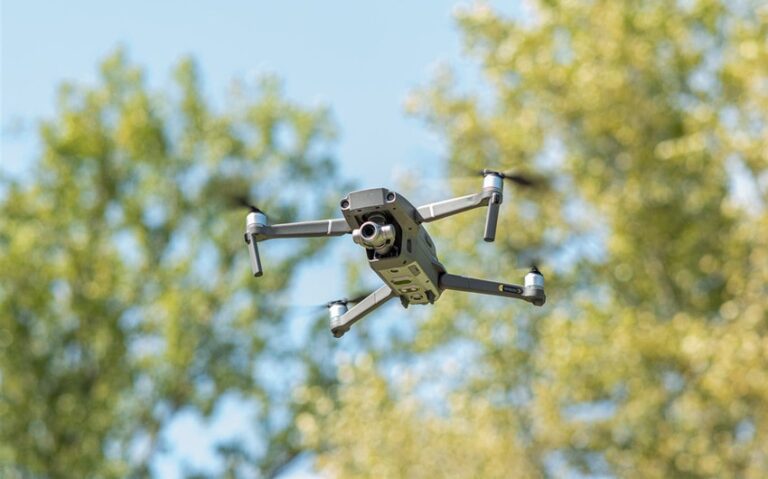Can You Bring Travel Size Liquor on a Plane? Complete Guide to TSA, Airline, and International Rules
If you’re planning a trip and wondering whether you can bring those tiny bottles of liquor on board, you’re not alone. Travel-size alcohol seems tailor-made for flying—but TSA, airline, and international regulations have a lot to say about it. Here’s everything you need to know about bringing mini liquor bottles on a plane, from packing them correctly to knowing what you can—and can’t—do with them once you’re airborne.
Yes, You Can Bring Travel-Size Liquor in Your Carry-On
You can bring mini liquor bottles (typically 50ml) through TSA security as long as they comply with the 3-1-1 liquids rule. Each bottle must be no more than 3.4 ounces (100 ml), and all bottles combined must fit in a single, clear, quart-size bag. Travel-size bottles purchased outside security may also be brought on, but you must still comply with carry-on regulations. Remember that some countries may be stricter than the U.S. and might confiscate these items during international transit.
Why You Can’t Drink Your Own Liquor Onboard
Although you can carry mini bottles, federal law prohibits consuming your own alcohol onboard a U.S. aircraft. Only flight attendants are legally permitted to serve alcohol on board. Opening your own alcohol can result in fines or even removal from future flights. Airlines enforce this rule to maintain control over alcohol consumption and reduce the risk of unruly passenger behavior.
Checked Baggage Rules for Liquor
Packing alcohol in your checked luggage gives you more flexibility. You can bring up to 5 liters of alcohol (between 24% and 70% ABV) per person, as long as it’s in unopened retail packaging. Liquor under 24% ABV—like beer and wine—has no quantity limit for checked baggage. Be sure to cushion your bottles with clothing or bubble wrap, as broken bottles can ruin your luggage and contents.
Duty-Free and International Travel Considerations
If you’re flying internationally, you may purchase alcohol from duty-free shops after security screening. Liquor bought this way is typically placed in a sealed, tamper-evident bag and doesn’t count against your carry-on liquid limit—as long as you don’t open it. However, if you have a connecting flight, you may be required to re-clear security, where regular liquid limits apply. Customs rules in your destination country may also restrict the amount or type of alcohol you’re allowed to bring in duty-free.
Airline-Specific Policies and Variations
Some airlines go above and beyond federal rules with stricter in-flight alcohol policies. For example, some low-cost carriers ban all personal alcohol, regardless of size or packaging. Others may refuse boarding to passengers who appear intoxicated—even before consuming anything onboard. It’s smart to check your airline’s official policy regarding alcohol to avoid surprises at the gate or in the air.
Legal and Safety Implications
Ignoring alcohol rules on a flight can have serious consequences. In the U.S., the FAA can issue fines up to $25,000 for interfering with crew duties, which includes drinking unauthorized alcohol. On international flights, violations of local airspace laws could lead to detainment or legal action upon landing. Keeping the bottles sealed and following the rules is always the safest bet.
Best Practices for Traveling with Alcohol
If you’re bringing travel-size liquor, place the bottles in a clear, TSA-compliant quart bag and keep them easily accessible for screening. Consider using a padded travel case or zippered pouch to prevent breakage. Avoid packing glass bottles in exterior pouches or loose in your backpack. And most importantly, plan to enjoy your drinks at your destination—not on the plane.
Final Thoughts
Traveling with mini liquor bottles is legal—but comes with restrictions. You can pack them, you can fly with them, but you can’t drink them mid-air. If you understand the TSA rules, airline expectations, and international restrictions, you’ll be able to enjoy your travel-size favorites without a hitch.







